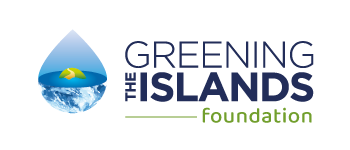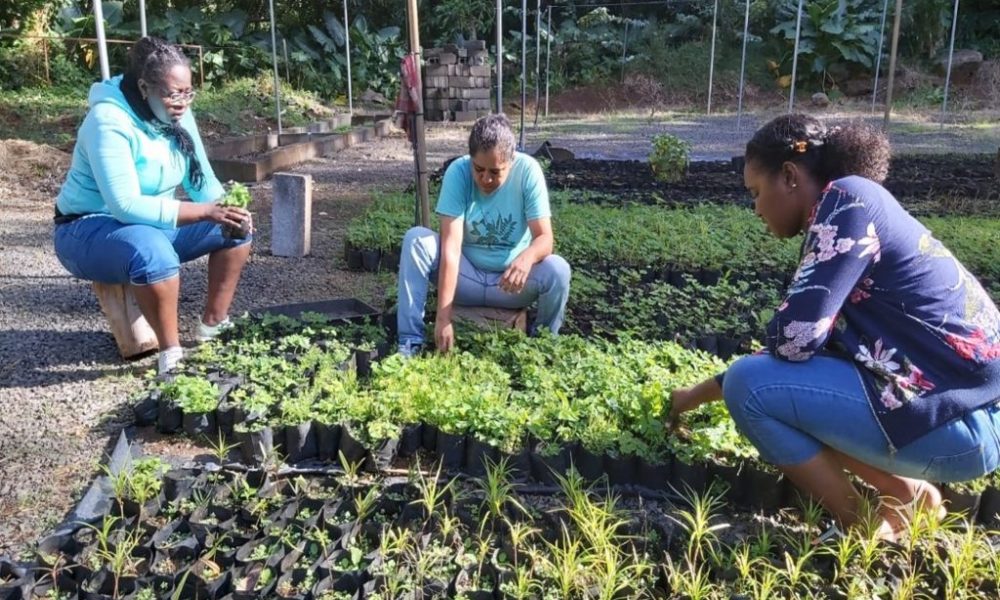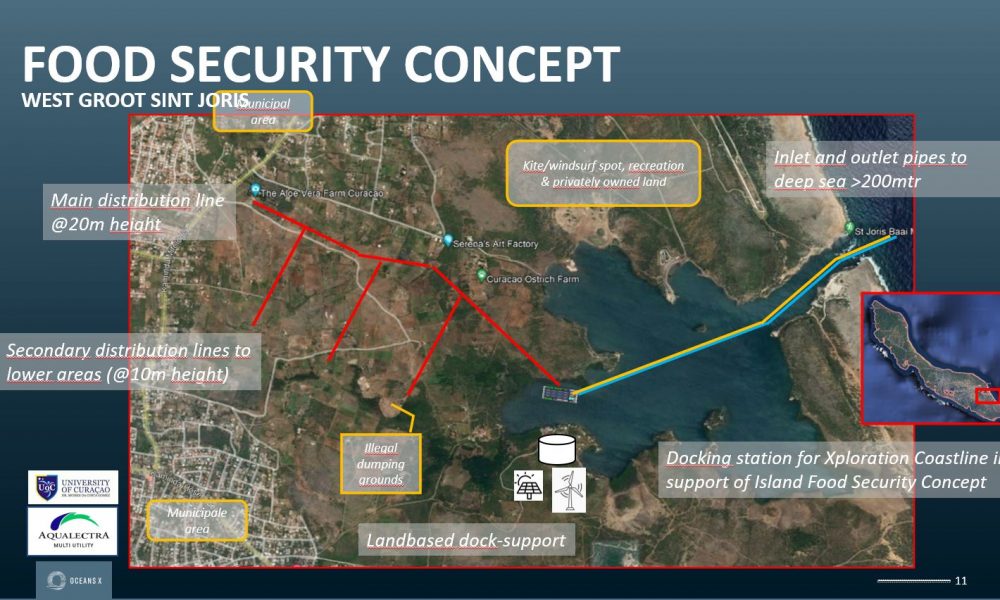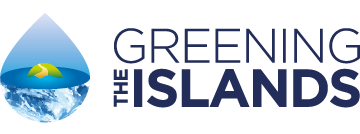Winner governance & inclusion 2021 – Kökar
Projects

Habitability Plan
Winner GTI Awards 2021 – Governance & inclusion
General information:
Island (Region, Province, Country):
Kökar – The ALAND islands
Population:
up to 10.000 inhabitants
Budget / cost of the project:
€ 105.000
Project partners:
ÅBO ACADEMY
Partner type of involvement:
Learning/teaching/resaerch partner
Other partners:
The EU Interreg Central Baltic program
Project objectives:
The original objectives were:
- To measure the sustainability level of Kökar
- To understand what we have measured
- To draw conclusions from that
- To decide what to do about it
Eventually it became clear to us that to be sustainable, we first had to be habitable. If the island does not have a viable population, it cannot be sustainable. The objectives changed to:
- To define what it is to be habitable
- To measure the habitability level of Kökar
- To draw conclusions from that
- To decide what to do about it
- To really do something about it
Project description of activities and specific interventions:
Kökar is an independent municipality and the project was led by the municipality with a very strong participation from the community. 130 people out of our population of 232 actively participated. We talked to each other, googled, read, listened, chatted and argued. We had a large number of meetings, lectures, workshops, sub-projects, committee and board sessions. We called in researchers from universities. Gifted students from KTH, Linköping University, Jyväskylä, Barcelona and Texas had us as a study object.
Most of all, we never forgot that we ourselves are the real experts on our island. That’s why we came to focus on habitability, instead of sustainability. We believe that what determines whether we are a sustainable society, or not, is whether Kökar is a habitable island. If those who were born and raised here want to stay or move back, if new families move here, if there are children in school, if there is work, housing, marine connections, service and security – then we are habitable. If there is a mixed population of all ages, genders, origins and opinions all year round we might call us habitable and become long-term sustainable. If we are not habitable we are not resilient and will become obsolete and depopulated.
Public outreach, education and awareness efforts and results:
The project team has engaged the residents of the island through social media, posters in the local grocery ship and on the ferries, letters to all residents, movie presentations on the municipality’s web page and on social media, and through local and regional media (who were very curious and interested in the project). We were careful to reach school children, elderly people and the workforce of the island.
The project team participated in local political committee and board meetings, eventually submitting a draft for a habitability plan to the Municipal Board and Assembly, which in the end was unanimously approved. The process is described here:
https://www.youtube.com/watch?v=CZ54T60o_8o
Eventually, the project has reached 12 European islands. In the autumn of 2021, tstate funding was approved to Åbo Academy to realize habitability planning on all Finnish islands.
Economic value added and how calculated:
In the third year of the project, the energy situation of the island became a major issue of its habitability with almost no fossil-free energy sources and high energy spending for marine transport. The project wrote an application to the EU Horizon 2020 program with our Habitability Plan as a context for the transition needed. In November 2020, Kökar was granted 1.2 MEUR to make the municipality fossil-free.
Ecological and social project outcomes:
The ecosystem services at sea and on land were carefully analyzed. Islanders were inspired to organise sustainable tourism, to produce local carbonated water instead of importing water in plastic bottles, and to integrate immigrants in the small society.
The participative process, the creative and singular “habitability” touch, and the fantastic outcome regarding energy transition together with intense media coverage has boosted the self-esteem of the island community and their small-scale political system, knowing “it was we who made it”. How the islanders feel about “habitability” was documented in a film (alas only in Swedish, habitability is “bobarhet” in Swedish) https://www.youtube.com/watch?v=7bAPmMPhcV4












